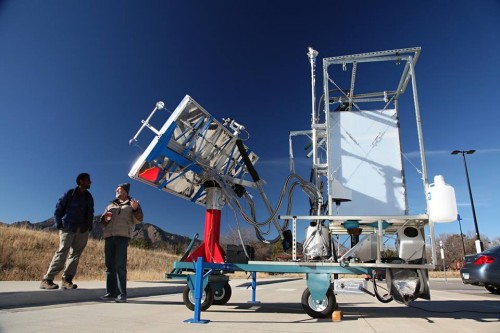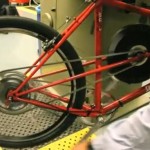Our society is pathologically enthralled with the new. As scientists and engineers in global development, we’re inculcated starting from very early in our training to seek “the cutting edge” of technological innovation. But if we want the best chance of making a positive difference on the future, that’s the opposite of what we should do.
The reason is that technology ages in reverse. Or put another way, the longer a given technology has been around, the more likely it is to persist into the future. So, if you want your efforts in science to matter in the future, you’d better look to the past to define relevant research questions.
According to philosopher and risk analyst Nassim Taleb, author of Antifragile: Things That Gain from Disorder, while perishable items (such as humans, cats and tomatoes) experience a decline in life expectancy with each passing day, nonperishable things (such as art, literature, ideas and technologies) can experience increased life expectancy the longer they are in circulation. This is known as the Lindy Effect… Taleb asserts that our modern culture trains us to think that the new is always about to overcome the old. But this is just an optical illusion because the failure rate of the new is so much higher than that of the old.
Quoted from: Forget the cutting edge embrace the old tech future, Engineering4Change.





